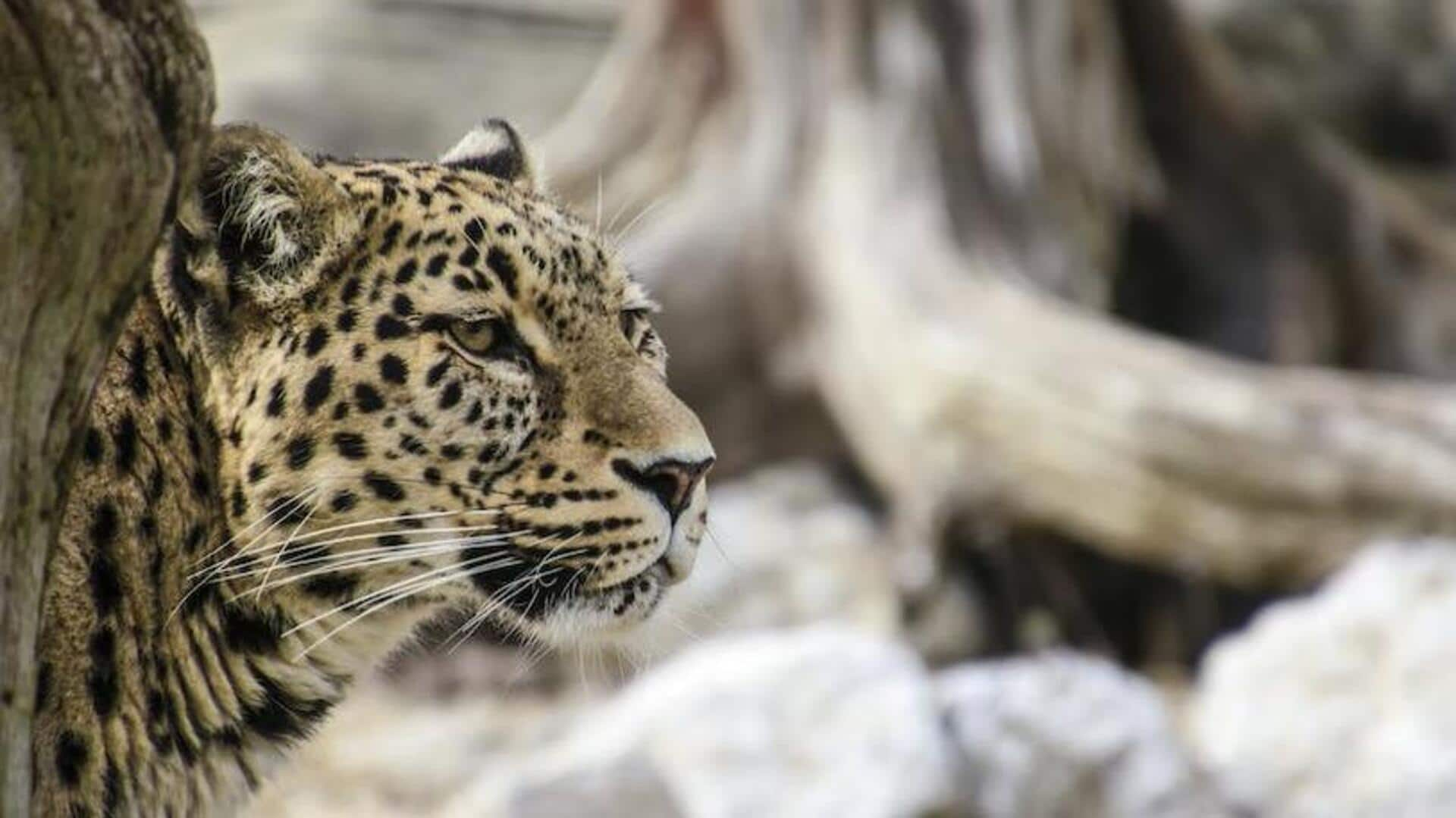
International Snow Leopard Day: 5 interesting facts about big cat
What's the story
Snow leopards, often referred to as the "ghosts of the mountains," are among the world's most elusive and captivating creatures. Their adaptations to cold, mountainous environments and enigmatic behaviors make them a subject of fascination. However, being on the verge of extinction today, these big cats also concern wildlife conservationists. Meanwhile, on International Snow Leopard Day, here are some interesting facts about snow leopards.
Fact 1
They are high-altitude acrobats
Snow leopards inhabit some of the harshest and most remote landscapes on Earth. According to BioDB, a non-profit wildlife conservation website, these elusive big cats have adapted to life at altitudes ranging from 3,000 to 5,200 meters (9,800 to 16,500 feet) above sea level. One of their preferred habitats is the rugged Himalayas, where they navigate steep, rocky slopes and cliffs with astounding agility.
Fact 2
Snow leopards have protective thick fur and tail
Snow leopards have dense, smoky gray or yellowish fur adorned with distinctive black rosettes and spots. "This luxurious coat not only provides camouflage but also serves as a natural insulator against the biting cold of their high-altitude homes," notes BioDB founder-CEO Assaf Levy. Additionally, they have up to one-meter-long, muscular tails to help them maintain balance when scaling cliffs and provide warmth, too.
Fact 3
They are opportunistic hunters
Their powerful build is capable of pouncing as high as 9m (30 ft) on the frosty mountains. Being opportunistic hunters, they prey on various animals, including blue sheep or bharal, marmots, ibex, and smaller ones like hares as well. After the hunt, they usually drag their prey to a secure location so they can eat in peace without having to compete with other carnivores.
Fact 4
These big cats can't roar
Snow leopards cannot roar to reveal their presence like other big cats. They growl, mew, and prusten instead. The primary sound of snow leopards is described as a "piercing yowl" that is loud enough to be heard over the rushing sound of a river. Though they can't roar, snow leopards can prey on animals that are up to three times their body weight.
Fact 5
They are endangered species
Snow leopards are classified as endangered due to climate change, human activity-induced habitat loss, poaching for fur and bones, and human-wildlife conflict. Hence, conservation efforts are crucial to their survival. One of the fundamental strategies for conserving snow leopards is building protected areas and reserves in their natural habitats. These specially designated zones create safe havens without the immediate threat of habitat destruction.